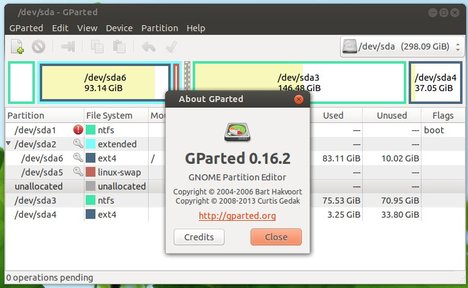

- #2 different version ubuntu installed parallels 13 windows 10
- #2 different version ubuntu installed parallels 13 software
Select a version of Ubuntu from the versions on the left. On the 'Actions' pane click 'Quick Create' and the Quick Create tool will open. In the future, the Quick Create tool can be accessed directly using the above methods, but it is useful to know where Hyper-V Manager is because it is where you will come back to manage your Ubuntu VM.
Click the Windows key and type 'Hyper-V' and click 'Hyper-V Manager' or select with your keyboard arrow keys and press 'Enter'. Click on the Windows Start button, expand the 'Windows Administrative Tools' folder, and click 'Hyper-V Manager', or. The Ubuntu image from the Quick Create Gallery includes pre-configured features, such as clipboard sharing, dynamic resolution display, and shared folders. This method is ideal for desktop development on Ubuntu and for users interested in running a complete Ubuntu desktop environment. The recommended method for installing Ubuntu on Hyper-V is to use the curated Ubuntu image from the Hyper-V Quick Create Gallery. Read each of the descriptions of the following methods and then determine the best for your needs There are different methods for installing Ubuntu on Hyper-V depending on your use-case. Run the following command: Enable-WindowsOptionalFeature -Online -FeatureName Microsoft-Hyper-V -All Open a PowerShell console as Administrator Select 'Programs and Features' on the right under Related Settings Right click on the Windows Start button and select 'Apps and Features' Minimum of 5 GB of disk space, recommended 15 GB. Minimum of 4 GB of memory, recommended 8 GB. CPU support for virtualization extensions and virtualization enabled in the system BIOS/EFI. A 64-bit processor with Second Level Address Translation (SLAT). The following are additional system requirements for Hyper-V: #2 different version ubuntu installed parallels 13 windows 10
Hyper-V is not included in Windows 10 Home, which can be upgraded to Windows 10 Pro. Ubuntu on Hyper-V can be enabled on the following Windows operating systems:
#2 different version ubuntu installed parallels 13 software
To use Linux software on Ubuntu that is not yet supported on the Windows Subsystem for Linux.
To have access to a complete Ubuntu desktop environment without dual-booting a PC. 
To introduce Ubuntu in a Windows-centric IT environment.There are several use-cases for running Ubuntu on Hyper-V: Hyper-V allows Ubuntu to be run in parallel or in isolation on Windows operating systems. Hyper-V was first released for Windows Server 2008, and is available without additional charge since Windows Server 2012 and Windows 8.įor more information on the difference between type 1 and type 2 hypervisors, click here. Hyper-V is a native type 1 hypervisor developed by Microsoft for the Windows family of operating systems, similar to Xen or VMWare ESXi. Hyper-V Admin Center (Windows 10 Server).






 0 kommentar(er)
0 kommentar(er)
